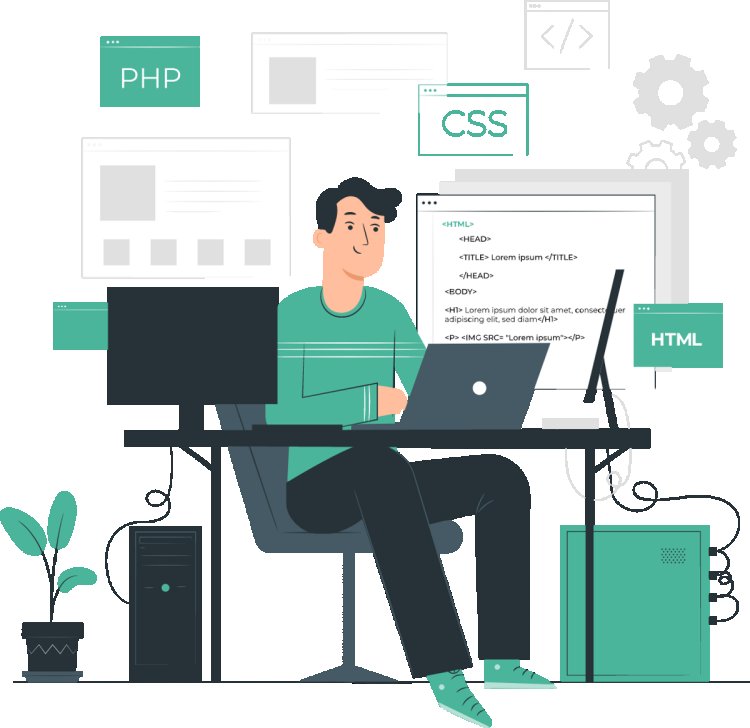Creating User-Friendly iOS and Android Designs: Navigating Away from Common Mistakes
Designing user-friendly mobile apps for iOS and Android platforms is crucial to ensure a positive user experience and app success.
Share this Post to earn Money ( Upto ₹100 per 1000 Views )

Designing user-friendly mobile apps for iOS and Android platforms is crucial to ensure a positive user experience and app success. In this blog, we will explore the common mistakes that developers often make while designing for these platforms and provide practical tips to avoid them. By following these best practices, you can create intuitive and engaging mobile applications that users will love.
Emphasize Intuitive Navigation
Mistake: Complex navigation structures can confuse users and make it difficult for them to find what they're looking for, leading to frustration and app abandonment.
Solution: Implement a simple and intuitive navigation system that follows platform guidelines. Utilize standard UI components like tab bars, navigation drawers, and bottom navigation to provide familiar user experiences. Keep the most important functions within easy reach and ensure a consistent flow throughout the app.
Responsive Design for Different Screen Sizes
Mistake: Neglecting responsive design can result in a poor user experience on various screen sizes, causing layout issues and content overlap.
Solution: Adopt a responsive design approach to adapt your app's layout dynamically based on the device's screen size. Utilize layout constraints and flexible designs to ensure elements adjust proportionally on both smaller phones and larger tablets.
Optimize App Performance
Mistake: Overloading the app with unnecessary animations, heavy graphics, and background processes can slow down the app's performance, leading to user frustration and increased battery consumption.
Solution: Optimize your app by reducing resource-intensive elements, compressing images, and minimizing the use of animations where possible. Leverage lazy loading to load data and media only when needed, improving app responsiveness and conserving battery life.
Prioritize Accessibility
Mistake: Ignoring accessibility features can exclude users with disabilities, making your app less inclusive and reducing its potential user base.
Solution: Adhere to accessibility guidelines and make your app accessible to everyone. Provide alternative text for images, ensure proper color contrast, use semantic HTML elements, and enable voiceover/screen reader support. Testing your app with assistive technologies is crucial to ensure a seamless experience for all users.
Consistent and Clear Typography
Mistake: Using inconsistent or illegible fonts can make the app visually unappealing and difficult to read.
Solution: Choose a clean and legible font for your app and maintain consistency throughout. Avoid using too many different font styles and sizes, as it can create a cluttered look. Adjust font sizes based on the device's screen size and resolution to ensure readability.
Also Read: Top Flutter App Development Companies in 2023
Streamlined Onboarding Experience
Mistake: A lengthy or confusing onboarding process can deter users from using the app further.
Solution: Keep the onboarding process simple and concise, focusing on the essential features and benefits of your app. Offer optional tutorials or tooltips to guide users through key functionalities. Consider implementing a skip option for users who are already familiar with the app.
Thorough Testing and Bug Fixing
Mistake: Launching an app without adequate testing can result in a poor user experience due to bugs and glitches.
Solution: Conduct rigorous testing on various devices, screen sizes, and OS versions to identify and fix any issues. Regularly update your app with bug fixes and improvements to maintain a seamless user experience.
Responsive Touch and Gestures
Mistake: Unresponsive touch interactions and conflicting gestures can lead to user frustration and difficulty navigating the app.
Solution: Implement smooth and responsive touch interactions that match the platform's guidelines. Ensure that gesture controls are intuitive and don't conflict with native OS gestures, such as swiping or pinching.
Conclusion
Designing user-friendly iOS and Android apps is a continuous process that requires attention to detail and adherence to best practices. By avoiding common mistakes and implementing intuitive navigation, responsive design, and accessibility features, you can create mobile apps that users will love. Prioritizing performance optimization, clear typography, streamlined onboarding, and thorough testing will further enhance the user experience and contribute to the success of your app in the competitive app market.
About Getwidget
To hire Android app developers is a critical step towards creating a successful mobile app. With an ever-growing pool of candidates and varying skill levels, finding the perfect fit can be challenging. However, GetWidget is here to simplify the hiring process and help you discover the ideal Android app developer for your project.
GetWidget is a leading online platform that connects employers with skilled Android app developers. It serves as a one-stop destination for businesses and startups looking to hire professionals with expertise in building Android applications. By leveraging GetWidget, employers can easily browse through a vast pool of developers, review their portfolios, and assess their skills to make informed hiring decisions.















